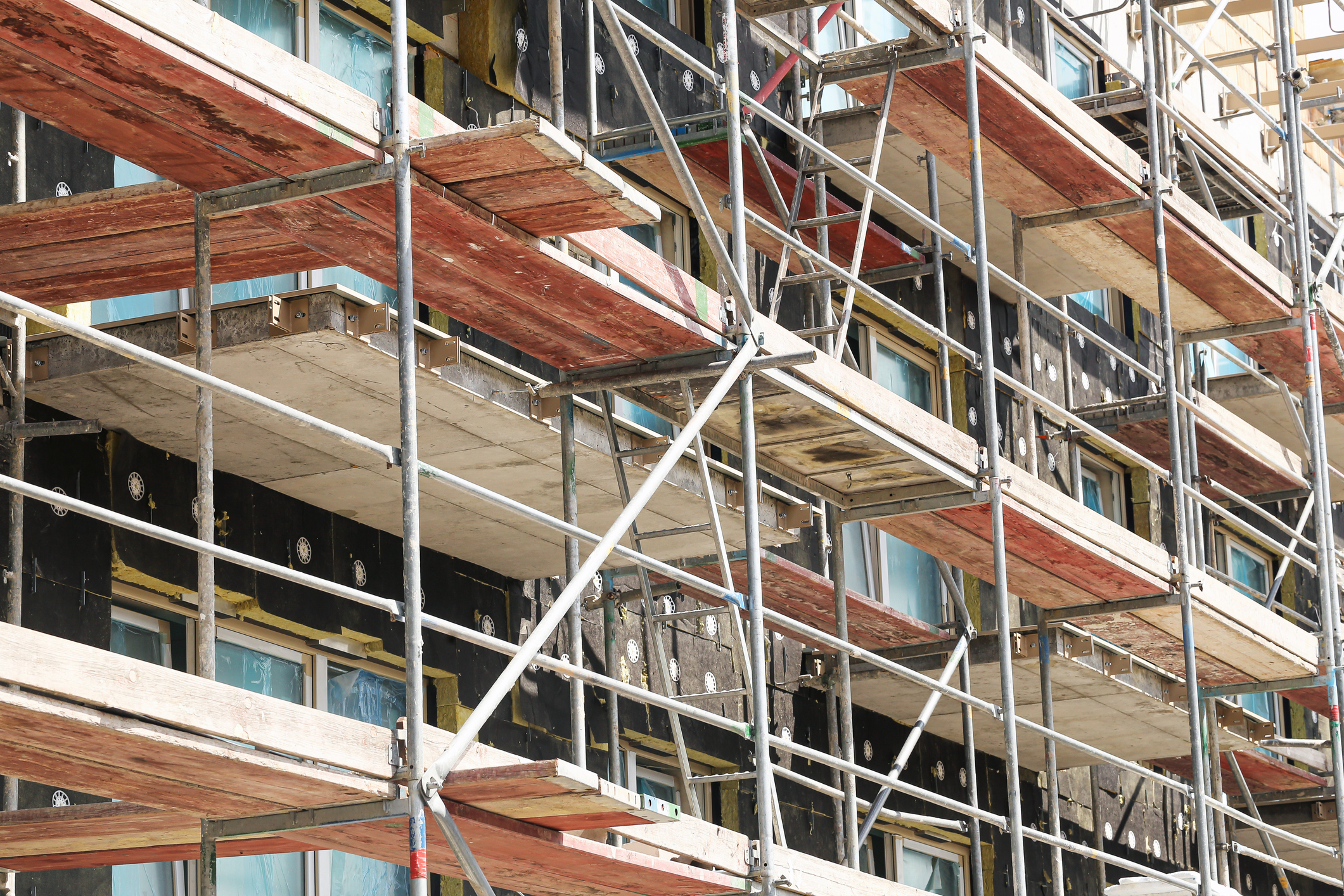Ensuring the safety and durability of scaffolding throughout the year, particularly during harsh weather conditions, is crucial for any construction project. Weatherproofing scaffolding not only protects the structure itself but also ensures the safety of workers. This guide outlines effective strategies to weatherproof scaffolding for year-round safety and durability
1. Material Selection and Maintenance
- Choose Durable Materials: Selecting high-quality, corrosion-resistant materials like galvanised steel or aluminum is essential for scaffolding components. These materials are less susceptible to rust and corrosion, which can weaken the structure over time.·
- Regular Inspections: Conduct thorough scaffolding inspections before adverse weather conditions set in. Look for signs of wear and tear, loose fittings, or damaged components, and address any issues promptly to prevent further damage.
- Rust Prevention: Apply protective coatings or paints to steel components to prevent rust. Regularly check for signs of rust and treat affected areas promptly with rust-inhibiting products.
2.Protective Measures
- Temporary Roofing: Installing temporary roofs can protect scaffolding from rain, snow, and high winds. This measure helps maintain stability and safety by shielding the structure from direct exposure to harsh weather.
- Anti-Slip Measures: Implement anti-slip materials on scaffold boards and staircases to reduce the risk of falls due to slippery conditions. Options include anti-slip mats, grip-enhancing coatings, and cleated boards.
- Weather Monitoring: Stay informed about weather forecasts and adjust work schedules accordingly. Suspend work during extreme weather conditions to ensure the safety of workers and the integrity of the scaffolding.
3. Worker Safety and Training
- Proper Attire and PPE: Equip workers with appropriate personal protective equipment (PPE), such as thermal clothing, waterproof jackets, and anti-slip boots. This gear is essential for maintaining safety and comfort in cold and wet conditions.
- Training and Communication: Provide comprehensive scaffolding safety training on protocols, including fall prevention and emergency procedures. Regular safety meetings and updates on industry standards help reinforce safe practices.
4. Additional Considerations
- Lighting: With shorter daylight hours in winter, ensure adequate scaffolding lighting to maintain visibility and safety during early morning or late evening shifts.
- Documentation and Records: Keep detailed records of all inspections, maintenance activities, and safety measures. This documentation aids in tracking the history of scaffolding conditions and ensuring compliance with safety regulations.
Construction professionals can effectively weatherproof scaffolding, ensuring year-round safety and durability. Regular maintenance, protective measures, and a strong focus on worker safety are key to successful scaffolding management in any weather condition.




